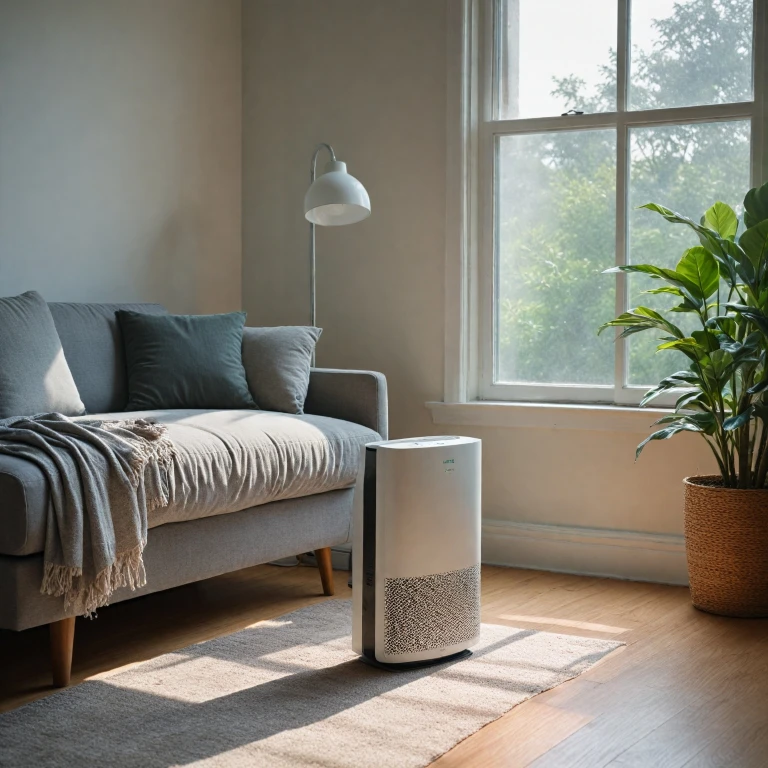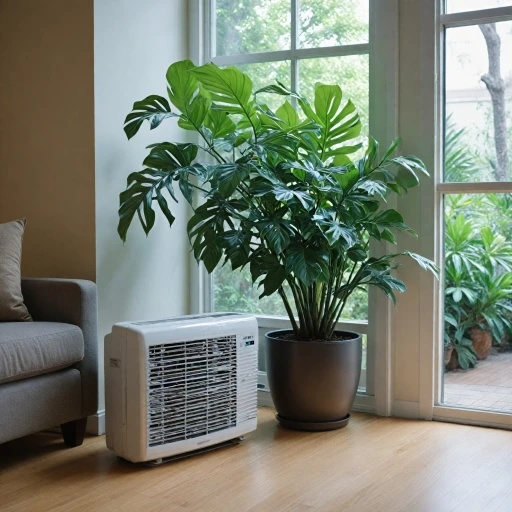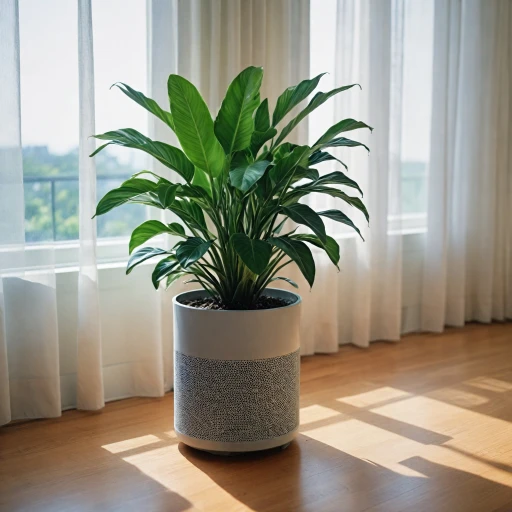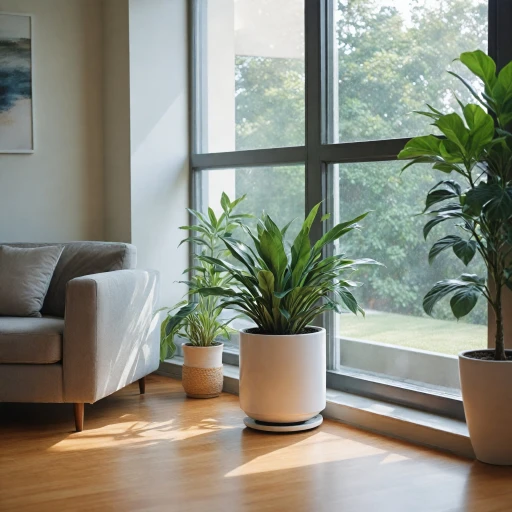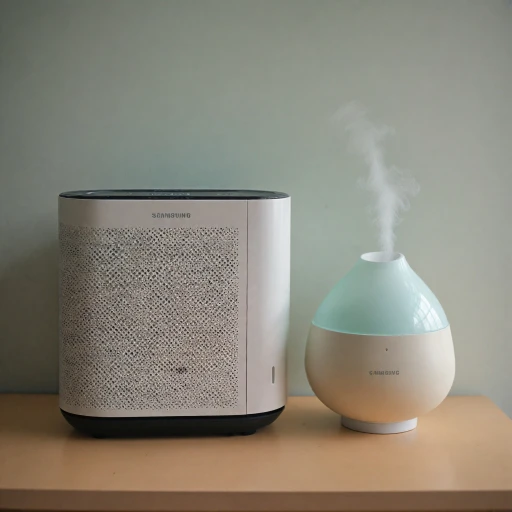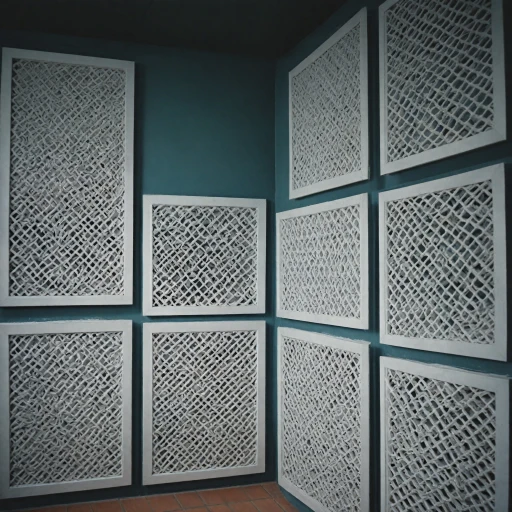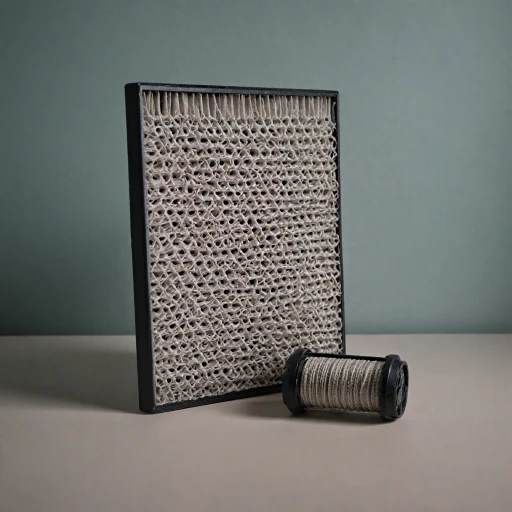Understanding Air Purifier Filters
Getting Familiar with Air Purifier Components
Air purifiers are becoming increasingly popular in many homes due to their ability to improve air quality. At the heart of this technology lies the air filter, a crucial element responsible for trapping pollutants and allergens, thus allowing clean air to circulate. Various types of filters are available, including HEPA filters and activated carbon filters, each designed to target specific contaminants, such as dust, pollen, and even volatile organic compounds. The efficiency of an air purifier significantly depends on the condition of its filter. Over time, the filter collects substantial amounts of debris and pollutants, which can impact its performance. A clogged or dirty filter can decrease the purifier's ability to maintain clean air in your living space. Therefore, understanding the kind of filter used in your device, be it a cartridge or a cleaner filter, is essential—much like how choosing the right pool filter maintains clear water in a swimming pool or hot tub. For an effective filtration process, consider the suitability of filter cleaners to aid in maintenance. Regular filter cleaning not only supports peak performance but also extends the lifespan of the air purifier, much like how regular maintenance of a tub filter or swimming pool filter preserves clarity and function. By integrating routine cleaning efforts, you ensure that your air purifier can continue to provide optimal air quality, helping everyone breathe a little easier.Why a Clean Filter Matters
Why Keeping the Filter Clean is Essential for Optimal Air Purification
Clean filters are crucial in ensuring your air purifier performs at its best, providing you with fresh and pollutant-free air at all times. As air passes through the filter, it captures dust, pollen, and other airborne particles. If the filter becomes clogged, it can’t perform this task effectively, leaving these particles in the air you breathe. Here’s why maintaining a clean filter is necessary:- Efficient Operation: A clean filter ensures that your air purifier operates efficiently. A clogged filter requires the unit to work harder, which can lead to increased energy consumption and potentially higher utility bills.
- Prolongs Product Lifespan: Regular cleaning helps maintain the longevity of your device. By reducing strain on the motor and other components, you ensure your air purifier will last longer without needing expensive repairs or replacements.
- Improved Air Quality: A clean filter guarantees that pollutants are effectively trapped, which significantly enhances the air quality in your home. This is especially beneficial for individuals suffering from allergies or respiratory issues.
Signs Your Filter Needs Cleaning
Recognizing When It's Time for a Refresh
Knowing when your air purifier's filter requires cleaning is crucial for maintaining optimal air quality. Several signs indicate that your filter might be due for a refresh:- Reduced Airflow: When your purifier is not pushing air as it normally would, the filter could be clogged. This hampers the machine's effectiveness, similar to what happens with a clogged pool or spa filter.
- Increased Dust or Allergens: If you notice more dust settling on surfaces or experience heightened allergy symptoms, these might be signals that the filter is no longer capturing particles efficiently.
- Unpleasant Odors: A dirty filter can start to harbor odors, making areas like your hot tub or swimming pool space less enjoyable. If your air starts to smell stale, it might be time for some filter cleaning.
- Long Time Since Last Cleaning: Keep track of the last time you cleaned your filter. Just as with water pressure indicating a pool filter's state, neglecting regular cleaning intervals can degrade performance.
Step-by-Step Guide to Cleaning Your Filter
Steps to Effectively Clean Your Air Purifier's Filter
Cleaning your air purifier filters doesn't have to be a daunting task. Follow these simple steps to ensure your air purifier performs optimally, protecting the air quality in your home.- Unplug the Device: Safety first! Before you start, make sure your air purifier is turned off and unplugged to avoid any electrical hazards.
- Remove the Filter: Consult the user manual for specific instructions related to removing the filter. Most models will require you to open a panel or remove a cover, similar to how one might replace a pool filter cartridge or a hot tub filter.
- Check the Type of Filter: Identify whether the filter is washable or replaceable. HEPA filters can typically be vacuumed, while carbon filters might need to be replaced according to the product instructions.
- Vacuum or Wash:
- For vacuum-friendly filters, use a vacuum cleaner with a nozzle attachment to suck out trapped dust and particles.
- For washable filters, gently rinse with cold water, letting the water pressure remove the debris. You can use a filter cleaner product designed for pool filters to help dissolve stubborn particles. Avoid using hot water, as it could damage the filter material.
- Dry Completely: Allow the filter to dry completely before reinserting it. Placing a damp filter back into the device can lead to mold growth. Air drying is recommended – give it sufficient leisure time to be thoroughly dry.
- Reassemble the Purifier: Once the filter is clean and dry, reinstall it according to the manufacturer's guidelines.
- Restore Power: With everything back in place, plug your air purifier back in and enjoy a breath of fresh, clean air.
Frequency of Filter Cleaning
How Often Should You Refresh Your Air Purifier’s Filter?
The maintenance of your air filter isn’t just about keeping the air clean—it’s about ensuring your device functions effectively. The frequency of filter cleaning depends on several factors, including the type of filter and how often you use your air purifier. Just like pool filters or hot tub filters, these devices require regular care to work optimally.
Here’s a general guideline for how often you should clean or replace filters:
- Reusable Filters: These should be cleaned every 2-4 weeks. These filters can be reusable sponges or permanent cartridge filters, similar to those in your spa or swimming pool.
- HEPA Filters: Though these aren't reusable, periodic assessments are crucial. Perform a visual check and replace every 6-12 months, especially if signs of wear appear.
- Carbon Filters: Recommended to change every 3-6 months, depending on air quality and purifier usage.
Understanding usage and environmental factors are key. If your purifier handles smoke, pets, or is frequently used, consider cleaning filters more often. Increased water pressure in your area can compare to elevated air usage for your air purifier. Like you would switch to a robust filter cleaner for a heavily used pool filter, frequent cleaning may be required for heavily polluted areas.
Moreover, if you find your filter covered in dust or if there’s a noticeable drop in air quality or filter cartridge performance, it is time to address this with appropriate cleaning products. This proactive measure helps maintain leisure time comfort and efficiency.
Choosing the Right Filter Cleaner
Selecting the Ideal Cleaner for Your Filter
Choosing the right filter cleaner is crucial in maintaining the effectiveness of your air purifier. Just like pool filters and hot tub cartridges, air filters require specific cleaning agents tailored to their material and usage. Here are a few tips to guide you in picking the perfect cleaner:- Type of Filter: Determine if your filter is a reusable or disposable model. Reusable filters, such as cartridge filters, benefit from cleaners designed to dissolve dirt and debris without degrading the material.
- Product Ingredients: Opt for products that are environmentally friendly and free of harsh chemicals. This ensures safe cleaning and prolongs the life of your filter.
- Water Pressure: Some cleaners are best used in conjunction with water pressure for thorough cleaning. A pool filter flosser, for instance, can aid in reaching stubborn spots within the filter. Always check if your selected cleaner recommends such tools for optimal results.
- Brand Reputability and Reviews: When choosing a cleaner, gather information from trusted sources. Products with good reviews on platforms like Amazon typically provide insight into their efficacy and compatibility with various filter models.
- Free or Subscription-based Options: If you frequently clean filters, such as those of a spa or swimming pool, consider a subscription service that offers regular delivery of filter cleaning products. Some companies offer free shipping orders, which can be a cost-effective solution.
